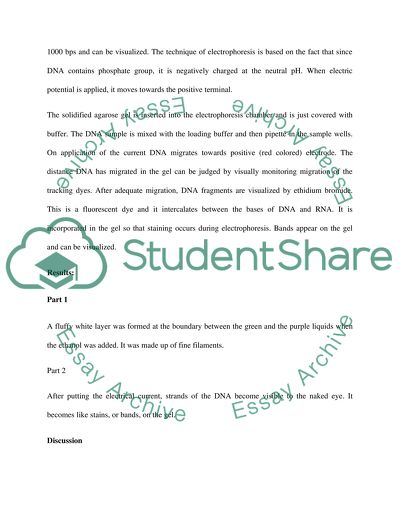DNA Practical Lab Report Example | Topics and Well Written Essays - 1000 words. Retrieved from https://studentshare.org/miscellaneous/1532930-dna-practical
DNA Practical Lab Report Example | Topics and Well Written Essays - 1000 Words. https://studentshare.org/miscellaneous/1532930-dna-practical.


